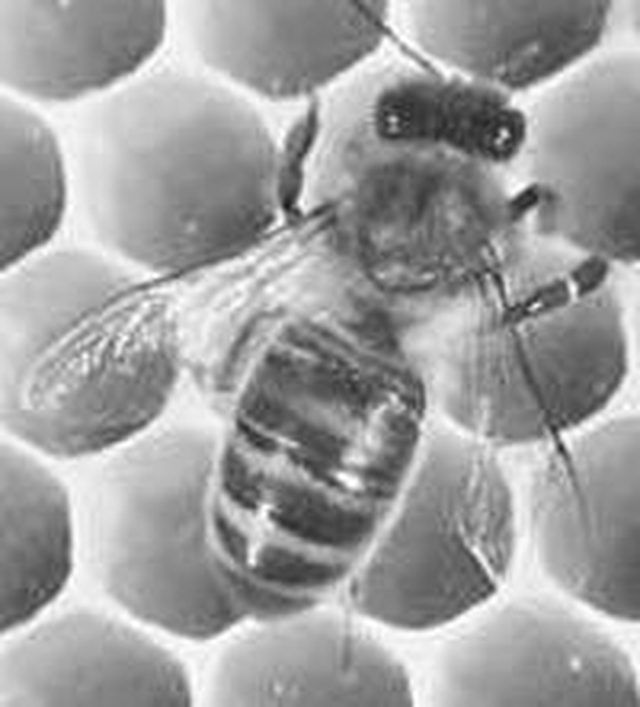Bulbs
Flower Basics
Flower Beds & Specialty Gardens
Flower Garden
Garden Furniture
Garden Gnomes
Garden Seeds
Garden Sheds
Garden Statues
Garden Tools & Supplies
Gardening Basics
Green & Organic
Groundcovers & Vines
Growing Annuals
Growing Basil
Growing Beans
Growing Berries
Growing Blueberries
Growing Cactus
Growing Corn
Growing Cotton
Growing Edibles
Growing Flowers
Growing Garlic
Growing Grapes
Growing Grass
Growing Herbs
Growing Jasmine
Growing Mint
Growing Mushrooms
Orchids
Growing Peanuts
Growing Perennials
Growing Plants
Growing Rosemary
Growing Roses
Growing Strawberries
Growing Sunflowers
Growing Thyme
Growing Tomatoes
Growing Tulips
Growing Vegetables
Herb Basics
Herb Garden
Indoor Growing
Landscaping Basics
Landscaping Patios
Landscaping Plants
Landscaping Shrubs
Landscaping Trees
Landscaping Walks & Pathways
Lawn Basics
Lawn Maintenance
Lawn Mowers
Lawn Ornaments
Lawn Planting
Lawn Tools
Outdoor Growing
Overall Landscape Planning
Pests, Weeds & Problems
Plant Basics
Rock Garden
Rose Garden
Shrubs
Soil
Specialty Gardens
Trees
Vegetable Garden
Yard Maintenance
About Bee Nests
About Bee Nests. Honey bees prefer to nest in the crevices of hollow trees and other structures that offer protection, and seek privacy to maintain their busy lifestyle. Although the work of the honey bee is of great importance to the natural balance of the environment, humans and bees do not always live together harmoniously. As a result, the...

Honey bees prefer to nest in the crevices of hollow trees and other structures that offer protection, and seek privacy to maintain their busy lifestyle. Although the work of the honey bee is of great importance to the natural balance of the environment, humans and bees do not always live together harmoniously. As a result, the existence of the honey bee is on the decline, creating catastrophic consequences to the agricultural sector of the economy.
History
Throughout history, honey bee nests, or hives, have been a revered part of nature. American Indians celebrated the month of July, referring to it as the honey month, when the nests of the honey bee supplied them with a bountiful supply of sweetness during the honey season. Later, early scientists and farmers would come to know the value of the honey bee, not only for what its nest had to offer, but for the effect its pollination practices had on crops and fruit trees. The plight of honey bees and their hive still receives the same respect by today's agriculturalists, who continue to value their contributions.
Identification
The nests of honey bees are denoted by their elaborate structures. Worker bees secrete wax from their mouths to create the six-sided structures known as honey combs. It is inside these chambers that pollen is transformed into honey. Enzymes inside the nest break down the nectar particles, creating nourishment for the bee community, and forming the sweet substance that we have come to love. Once the honey is produced, worker bees place another layer of wax over the chamber to seal and protect the end product. The work continues inside the nest for as long as the colony decides to occupy it.
Benefits
As honey bees seek nectar to nourish their nests, they move from flower to flower, inadvertently pollinating each plant as they push forward. It is because of these efforts that we are able to maintain and harvest abundant amounts of food. In fact, the majority of natural foods we consume would not be available were it not for bees. Besides the obvious benefits of pollination, we enjoy what the nests themselves provide: Honey and beeswax, which has been used throughout history to make stationary seals and candles.
Warning
Honey bees that have infiltrated the walls of homes can pose a danger, not only to people, but to pets as well. Nests may contain upward of 50,000 bees at any given time and, if disturbed, there is the risk of swarming. Although honey bees do not seek out humans, they will attack if disturbed. Seek expert advice on how to remove a nest without putting yourself or others in danger.
Theories/Speculation
There has been much speculation concerning the future of the honey bee. Most recently, the theory has been posed that the honey bee is disappearing. This is having a detrimental effect on agriculture and on the honey supply. It has been suggested that the use of pesticides, as well as the magnetic poles of the earth, are to blame. With no bees, there can be no pollination. No organic foods, honey, beeswax nor nests.